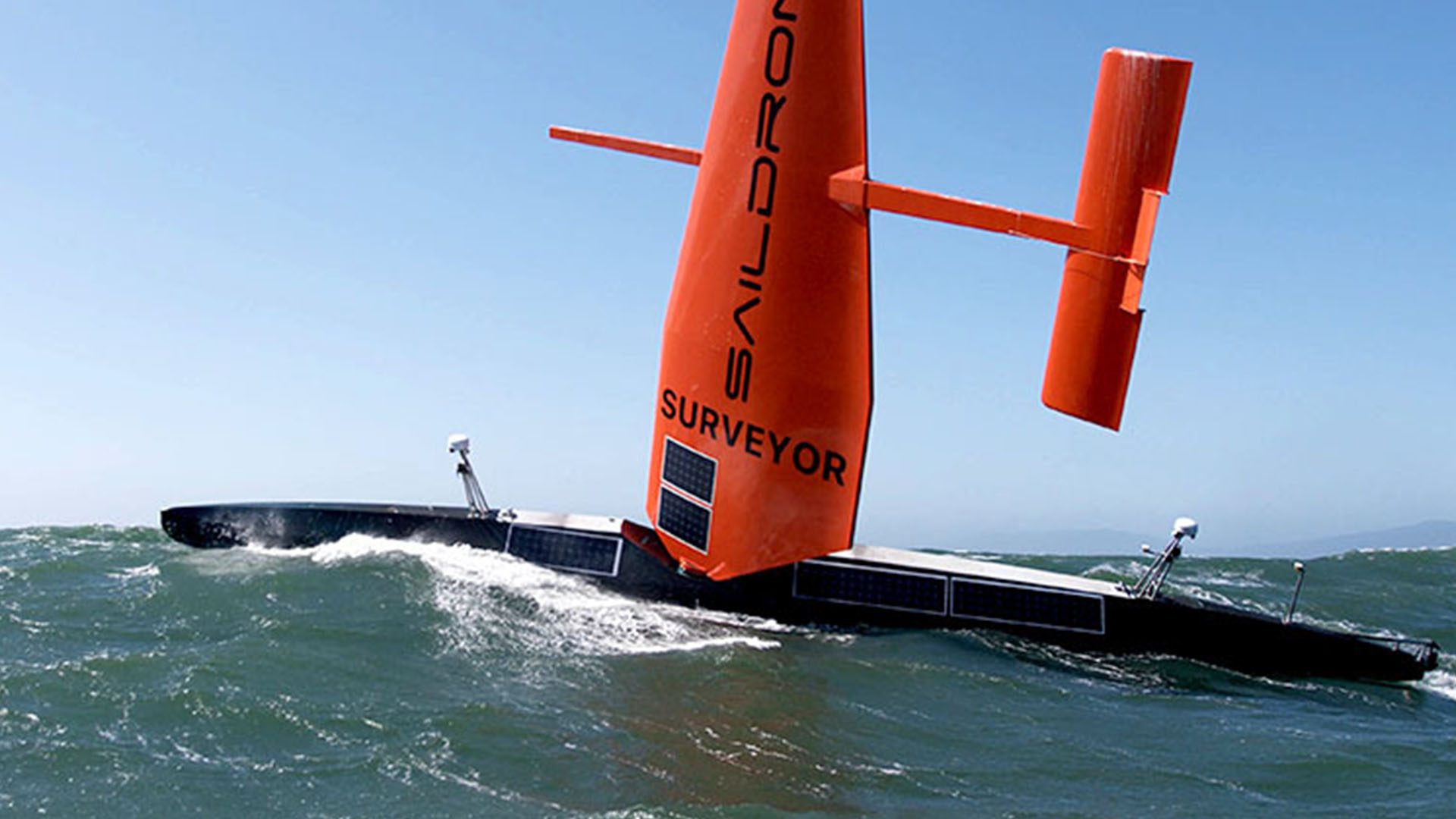From flying taxis to virtual touring bands, here are our staff picks for the top 5 innovation stories in 2023.
1) KISS Becomes First US Band to Go Fully Virtual
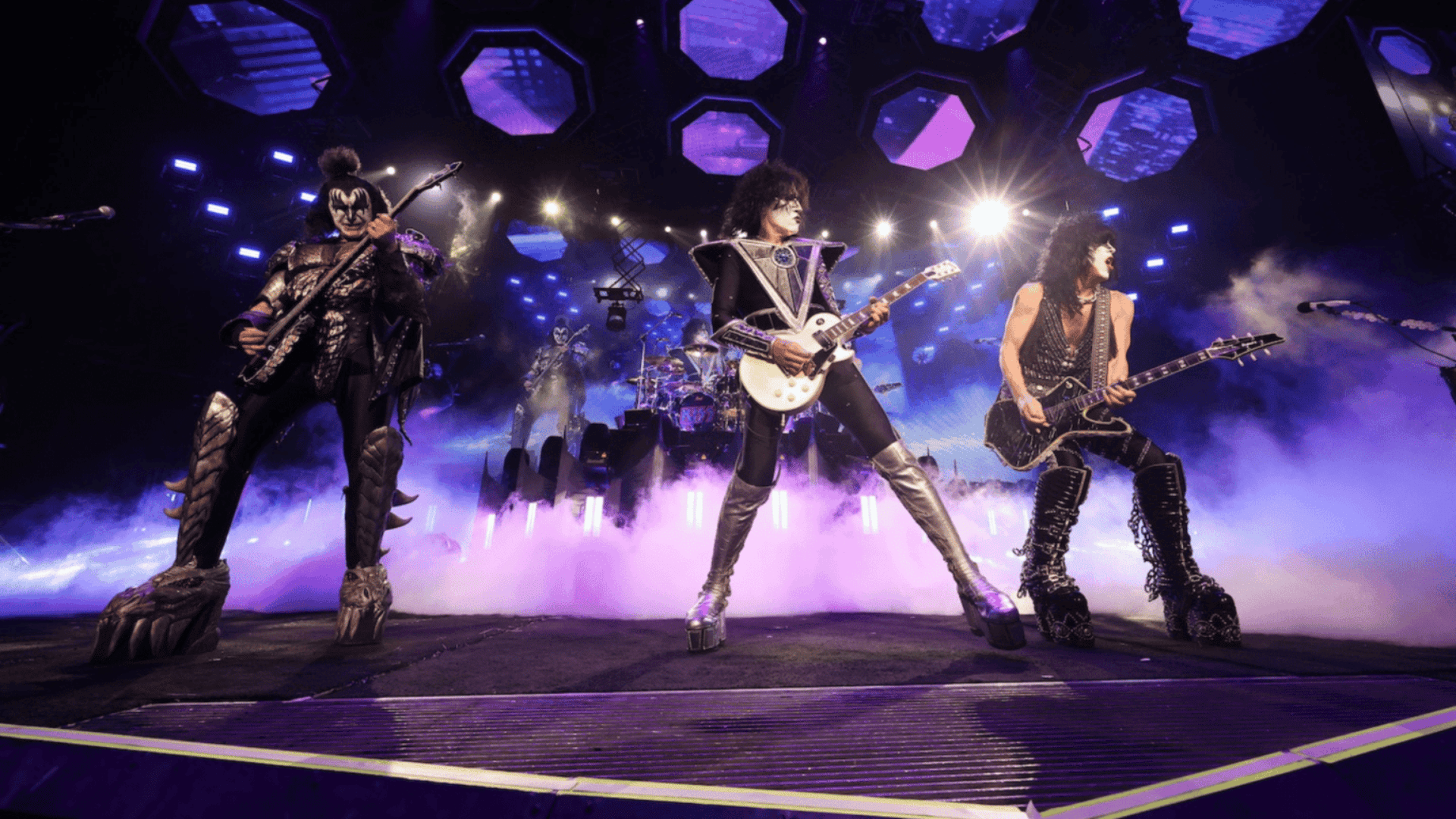
During the final concert of their final tour, KISS premiered their new digital avatars, which will be used for a new era of shows. As Kiss walked off the stage at Madison Square Garden, each of the four band members was replaced by a suite of flying, fire-breathing avatars of their younger personas.
2) Chipotle’s Guacamole-Making Robot
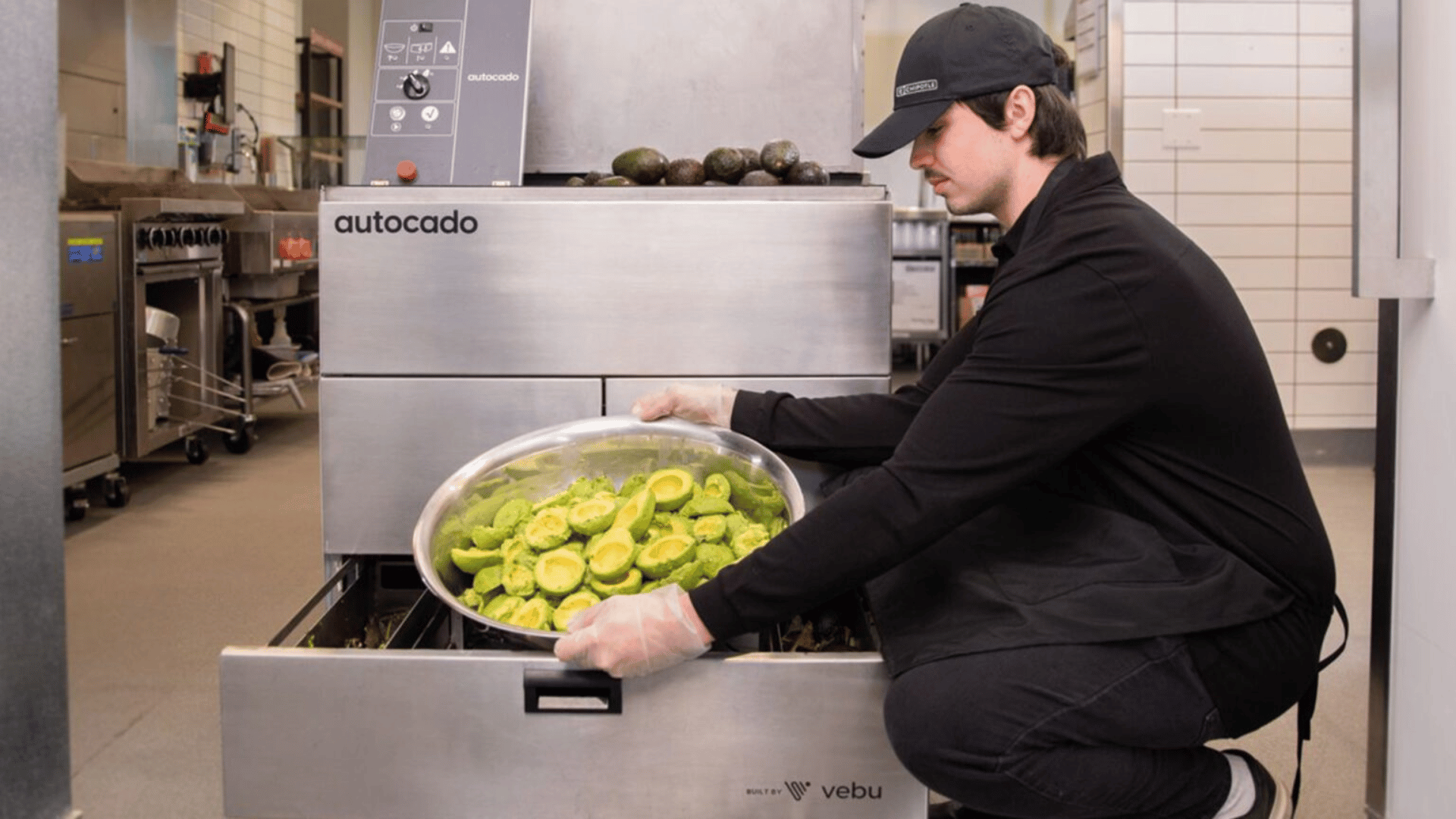
To assist with preparing over 100 million pounds of avocados a year, Chipotle unveiled its latest innovation: the Autocado. The collaborative robot cuts, cores, and peels the avocados that create Chipotle’s renowned guacamole. Developed in collaboration with restaurant technology solution provider Vebu, the Autocado prototype can hold up to 25 lbs of avocados at once.
3) Future of the Fast Food Industry: A Conversation with Domino’s Kate Trumbull
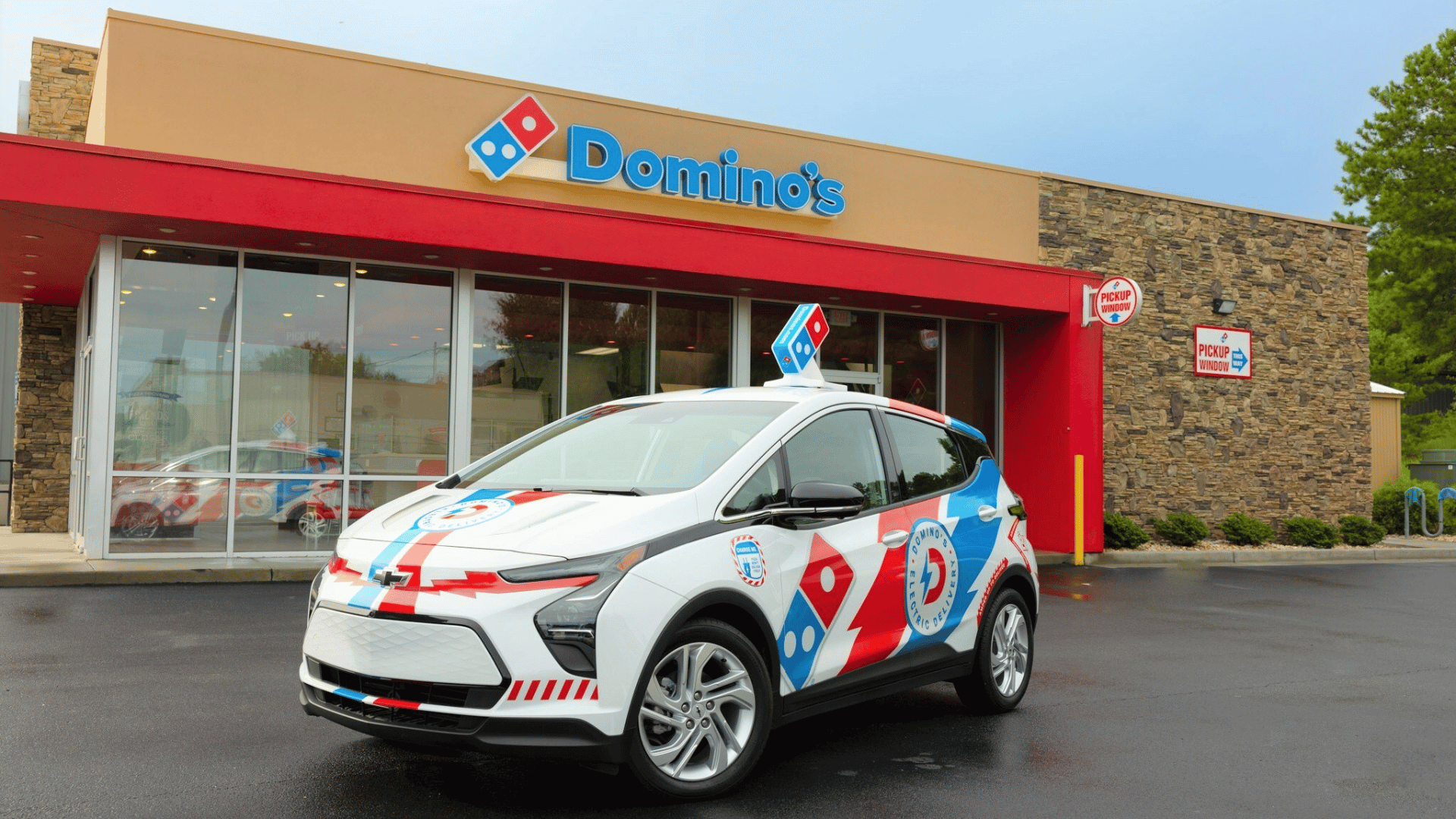
The global fast-food industry is worth $907 billion as of 2023. We spoke to Kate Trumbull, Domino’s Senior Vice President and Chief Brand Officer, to find out more about the current state and future of the industry, ranging from her favorite technological innovations to Domino’s use of electric vehicles for deliveries.
4) Startup Prepares to Launch Electric Flying Taxi at Paris Summer Olympics
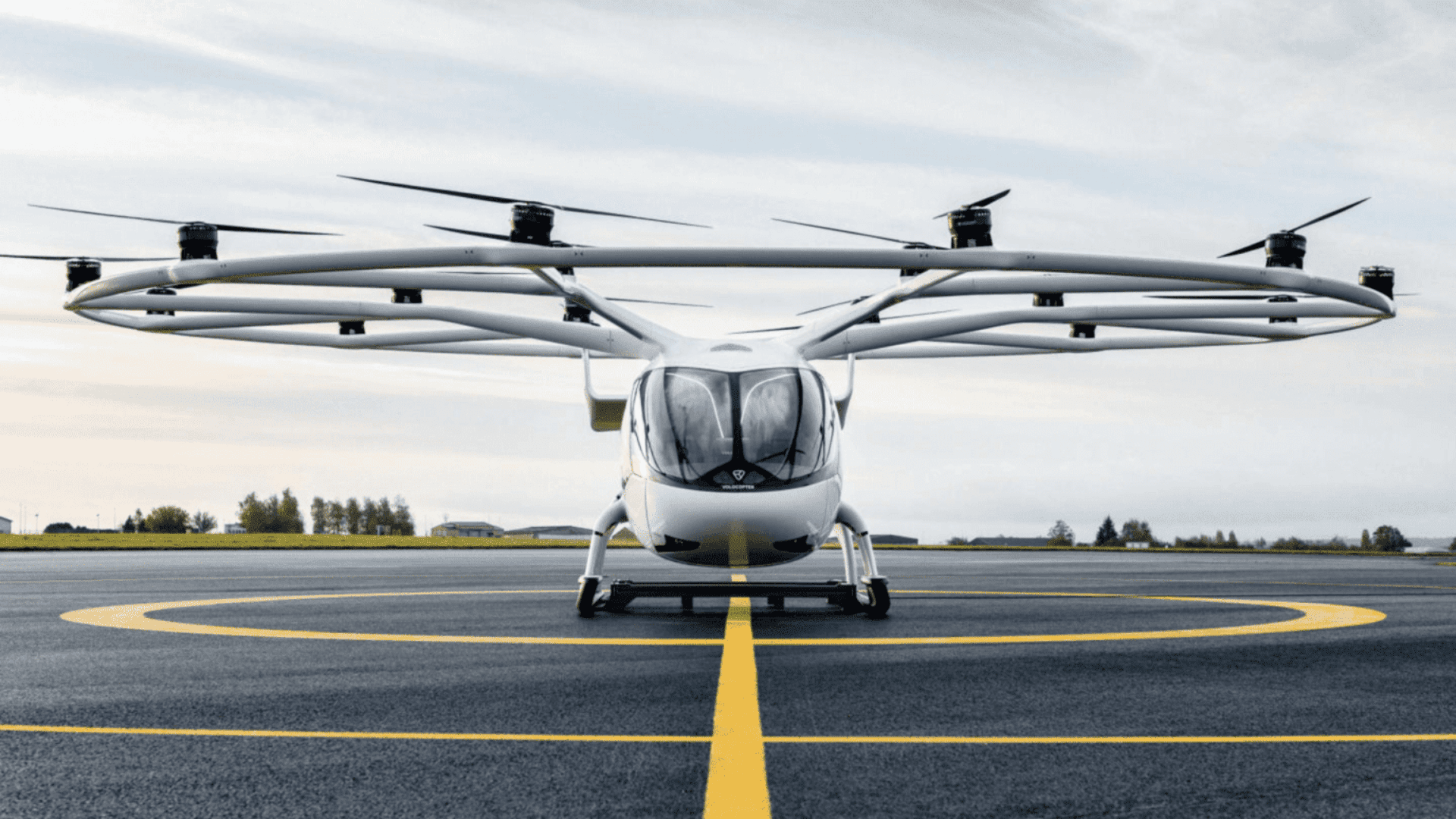
The world’s first electric air taxi network is being developed for the 2024 Paris Olympic Games next summer. The network will transport passengers between three airports in the Paris area and a ”vertiport” installed on a barge in the Seine River. The VoloCity air taxi will have a maximum airspeed of 68 miles per hour and experienced helicopter and airplane pilots will be trained to fly it.
5) World’s First Crewed Liquid Hydrogen-Powered Plane Takes Off
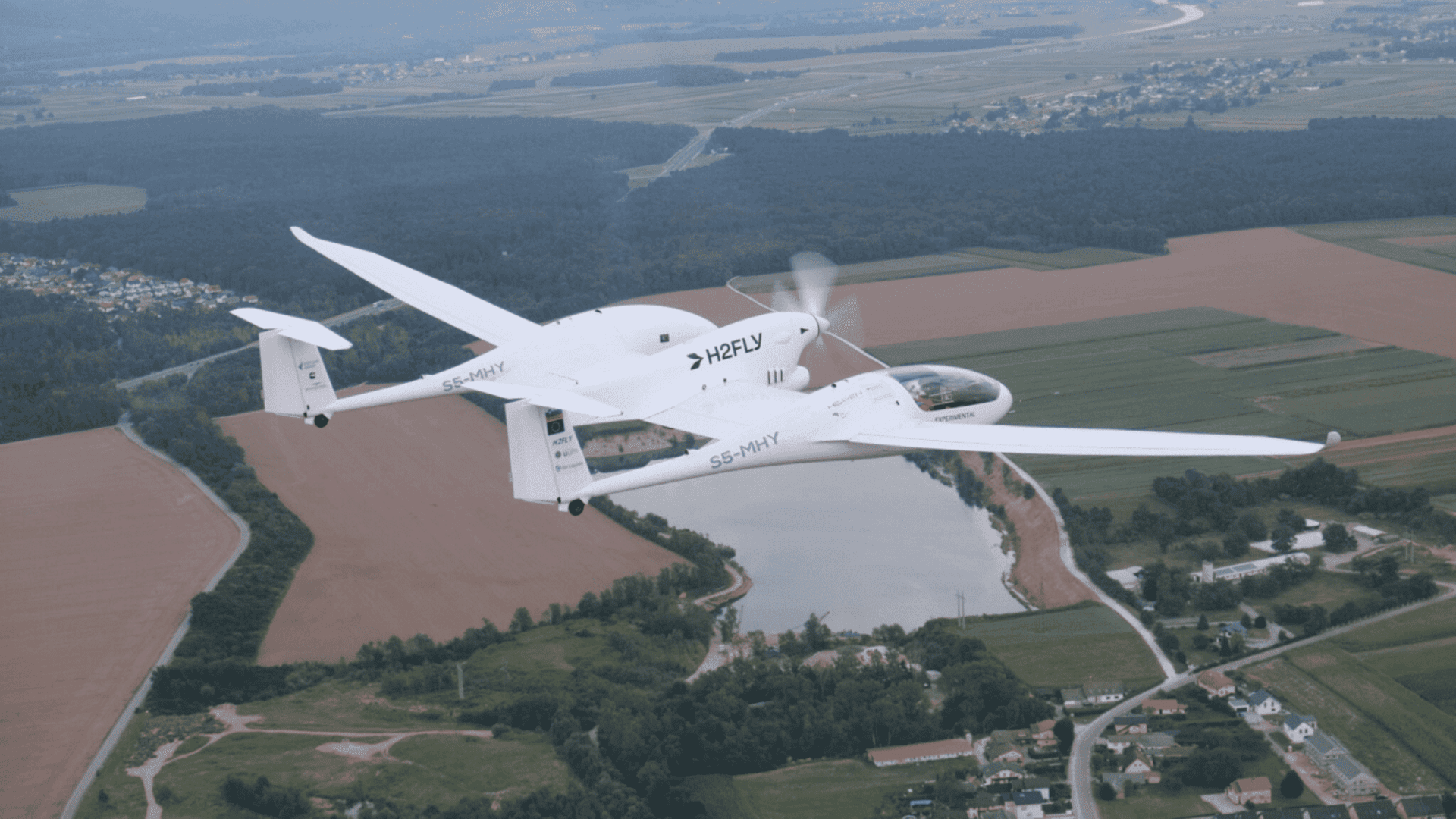
On September 7, a German-based developer of hydrogen-electric powertrain systems for aircraft announced that it successfully completed the world’s first piloted flight of an electric aircraft powered by liquid hydrogen. The team, H2FLY, completed four test flights with the larger goal of operating its first commercial fuel cell system in aircraft applications by the end of the decade.





